When we think of photography, it’s common to consider great light conditions that perfectly illuminate the setting with a beautiful, yet not overly harsh sunlight. The thing is that soft, low-light conditions are great when shooting outdoors, and in this article I will take you through some of the best tips and settings I know!
Think of an overcast day as a huge soft-box that dims light down during every step you make. Encourage yourself to get outside when heavy clouds are graying your window. Almost any photograph, no matter the discipline you feel the most affinity for, can be enhanced with the rich soft light on overcast days.
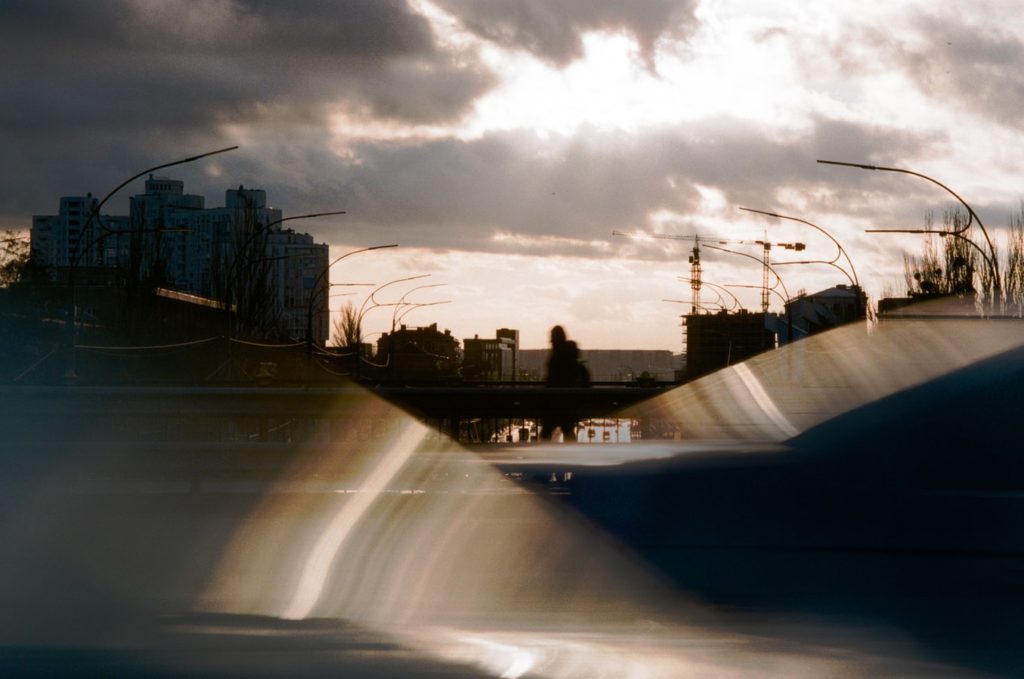
Let’s talk a little about tones created by soft light before getting to the tips. When a scene reflects less light, it allows a camera’s sensor to capture more detail in bright and dark areas of the scene.
Imagine reality as a live print, with extreme richness in its tonal range. That’s why overcast light conditions are really appealing for photography.
This amazing light can be seen as a stop or two of magnificent exposure you get almost anywhere overcast weather is present. Let’s face it: colors look amazing in overcast conditions.
Here's My 7 Tips For Shooting Outdoors In Overcast Conditions
1. Learn About Weather And Clouds
Rain mostly happens when it’s overcast, but not all overcast means rain. When doing any outdoorsy job, it’s important to actually a thing or two about the weather.
Meteorology is a complete world that I happen to enjoy studying, so let’s talk about the basics. Thanks to the internet, almost anybody can get information about current weather thanks to technology and news feeds.
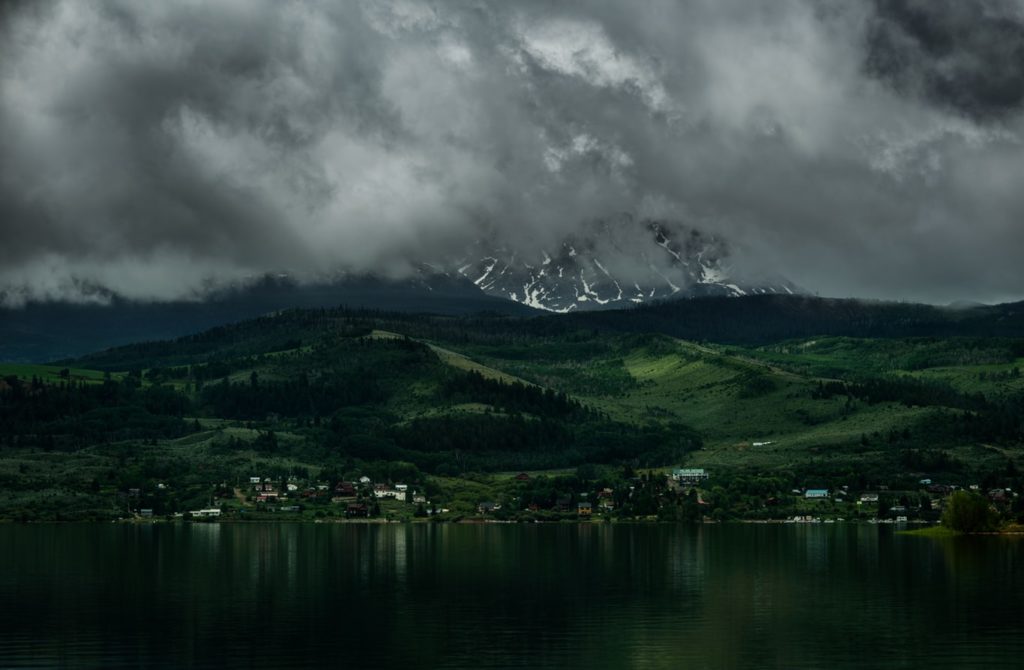
Cumulonimbus, commonly known as “rain clouds”, are the only ones that can really put you in trouble in terms of keeping your precious gear and yourself dry and warm.
The humidity can be felt by our senses, and the apocalyptic grayness of the cloud is a good indicator of a heavy storm approaching.
Here’s a simple post that illustrates all the types of clouds that can be found in regular skies. When you get a mixture of more than 2 or 3 types of clouds, you can achieve very interesting compositions showing texture in the sky.
Some helpful websites for weather information and sun schedules:
And if you’re a weather freak like me:
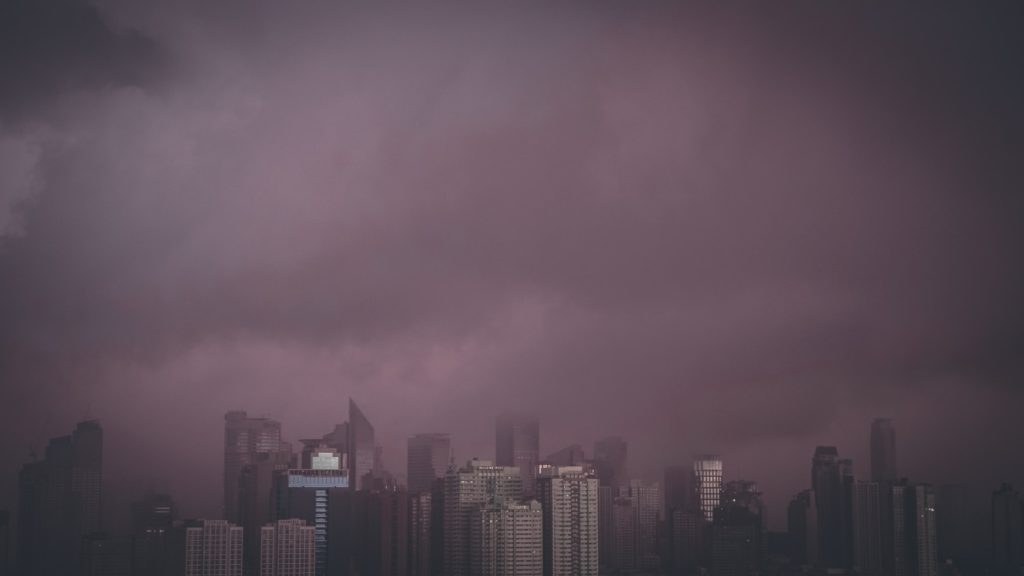
2. Keep Yourself And Your Gear Dry
There are two kinds of rain: the one that occurs while you’re still indoors, and the one that surprises you in the outdoors. I invite you to be brave (but not reckless) and get outside when the weather is rainy.
You can capture a complete world that’s often unseen. The only times I don’t encourage you to get outside is when it’s raining in an almost biblical way. There are many gadgets out there – like rain coats and specially designed cases –that keep your gear dry and safe. You also need clothes for rainy weather!
Sometimes I’m not inconspicuous at all, and carry a huge bag with lenses and stuff. I always carry a black trash bag with me so I can stuff the whole thing inside the bag.
This little trick has allowed me to go to extremely soggy places (like Iguaçu Falls) without damaging my precious gear – including the tripod, which can get rusty and messy due when the grease of the legs mixes with the rain. This trick is so cheap that it’s sinful not to always use it when you do outdoor photography.
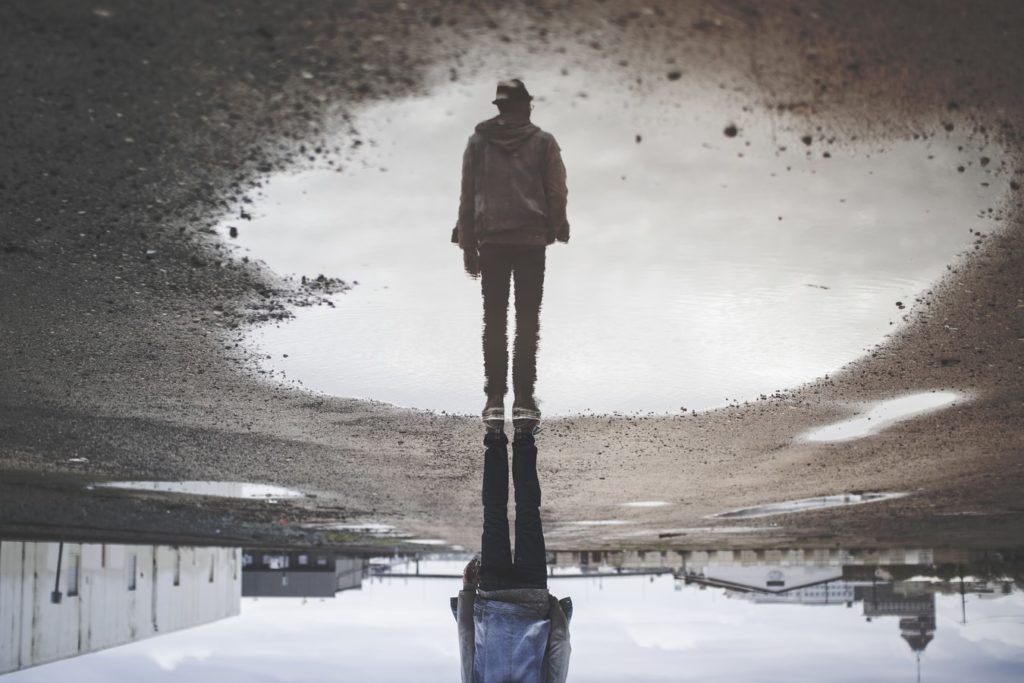
3. Walk Around With A Portable Camera You Can Shoot With Under An Umbrella
Again, be aware of the weather.
If the rain is merely a soft mist, you can walk the streets with your camera in hand covered by a simple umbrella. If you own a compact camera, or even inconspicuous / light lenses for your DSLR, you can walk around the city with an umbrella, no problem.
Your gear will be dry, and so will you.
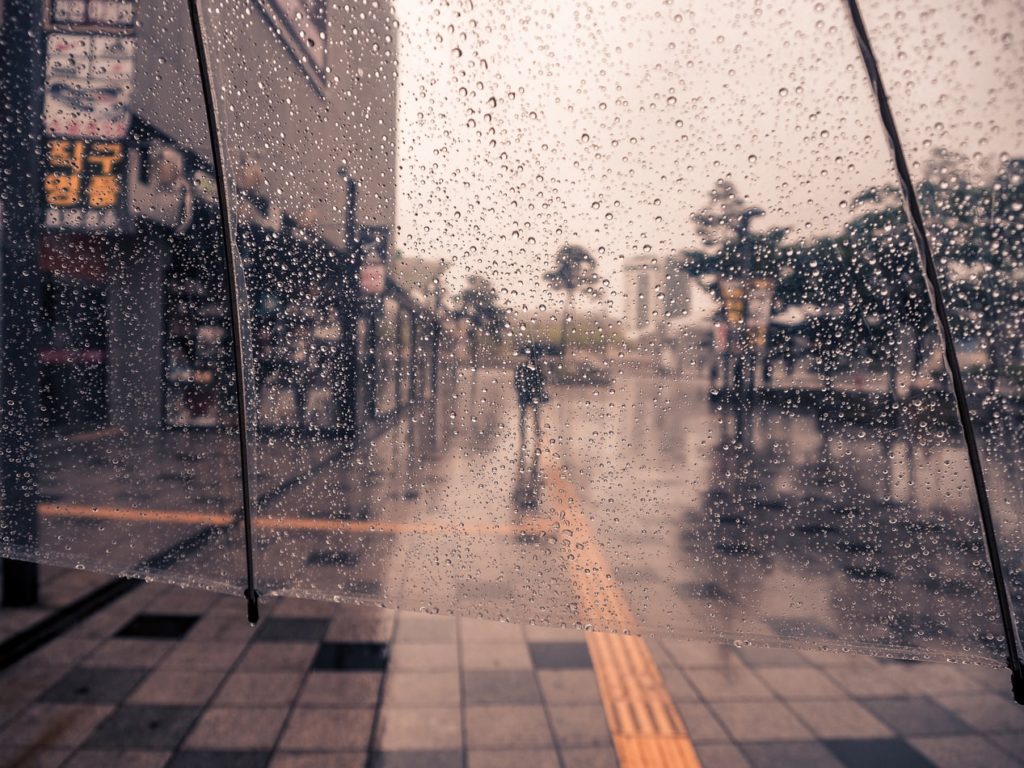
4. Use A Tripod For Silky Clouds
Overcast weather may bring medium to strong winds, and this could be advantageous. Long exposures work really well with water and clouds. Use a sturdy tripod when doing this, because wind is strong enough to move a camera. (Trust me, I’ve seen some accidents.)
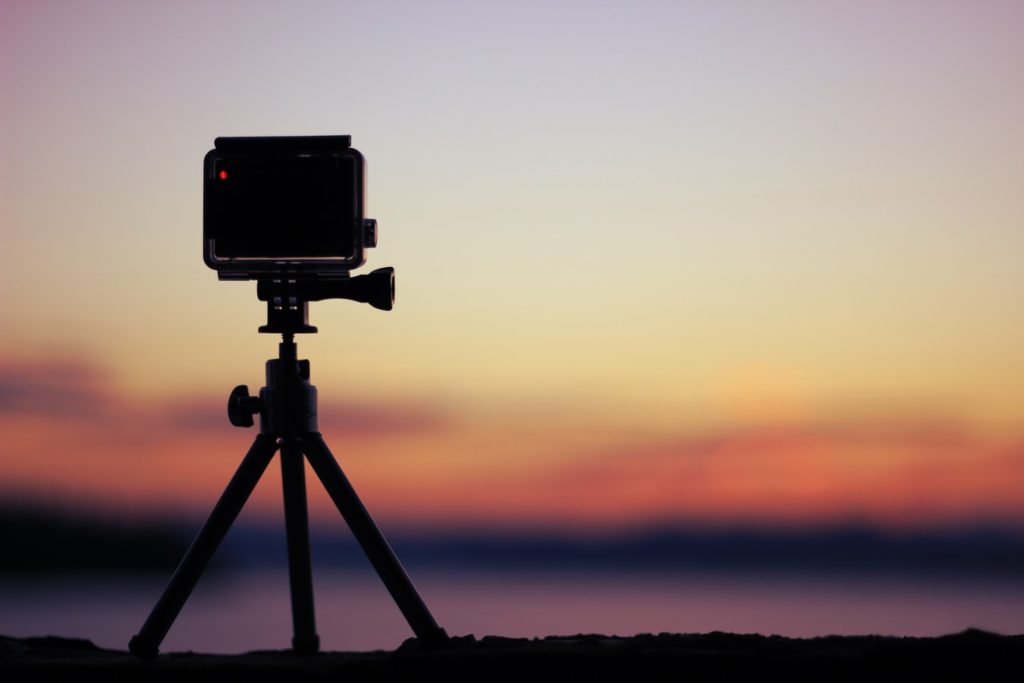
5. Use Filters To Enhance Dramatic Skies
Whitey clouds or light-gray clouds are boring. Try to enhance the dramatic presence of clouds with a graduated or ND filter or a circular polarizer.
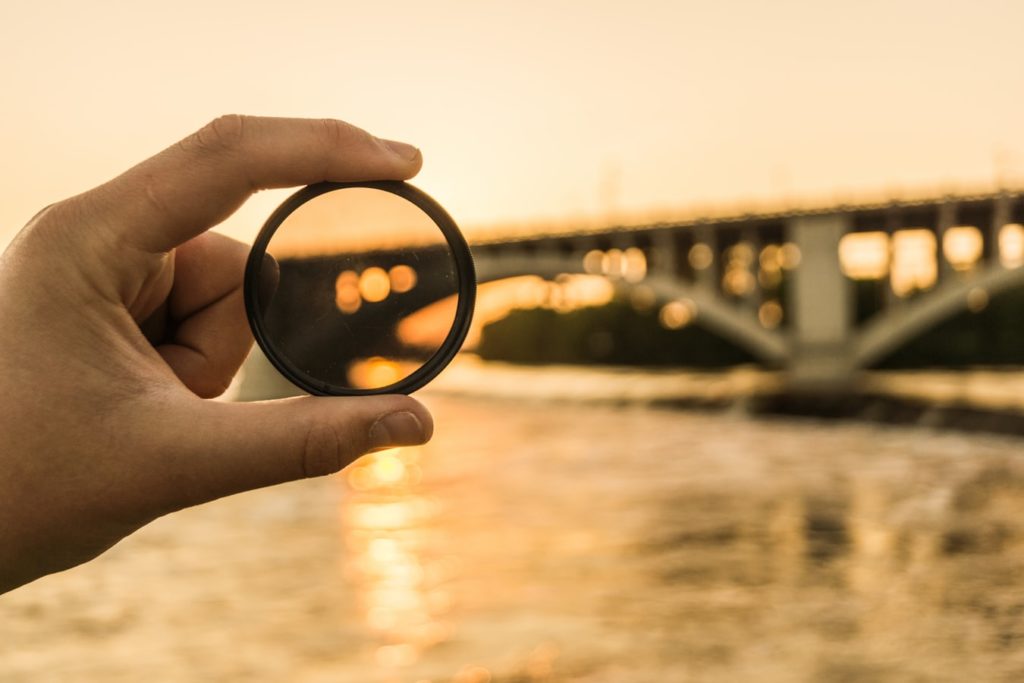
6. Take Advantage Of Light And Colors
I assure you that colors do look better under soft light, than under the harsh bright sun. Remember to use complementary colors too. Overcast skies and light give a more neutral color base to work with than the yellows and blues of a clear-sky day.
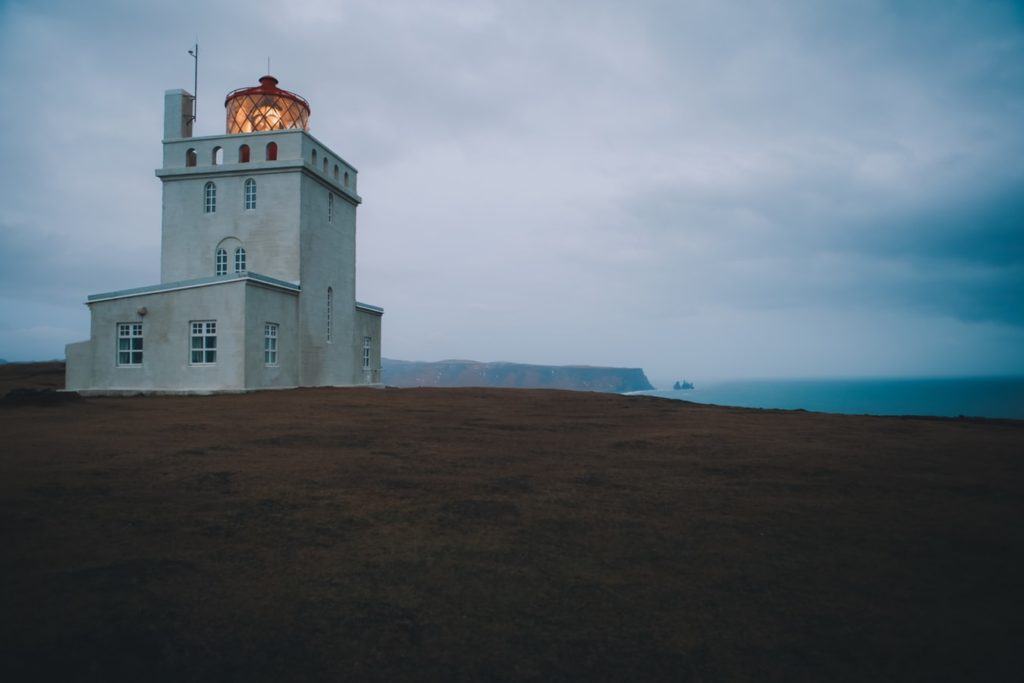
7. Use Of Reflections In Overcast Conditions
The rain has passed, and the ponds are your friends. Try to capture different points of view of the urban world by taking advantage of beautiful reflections.
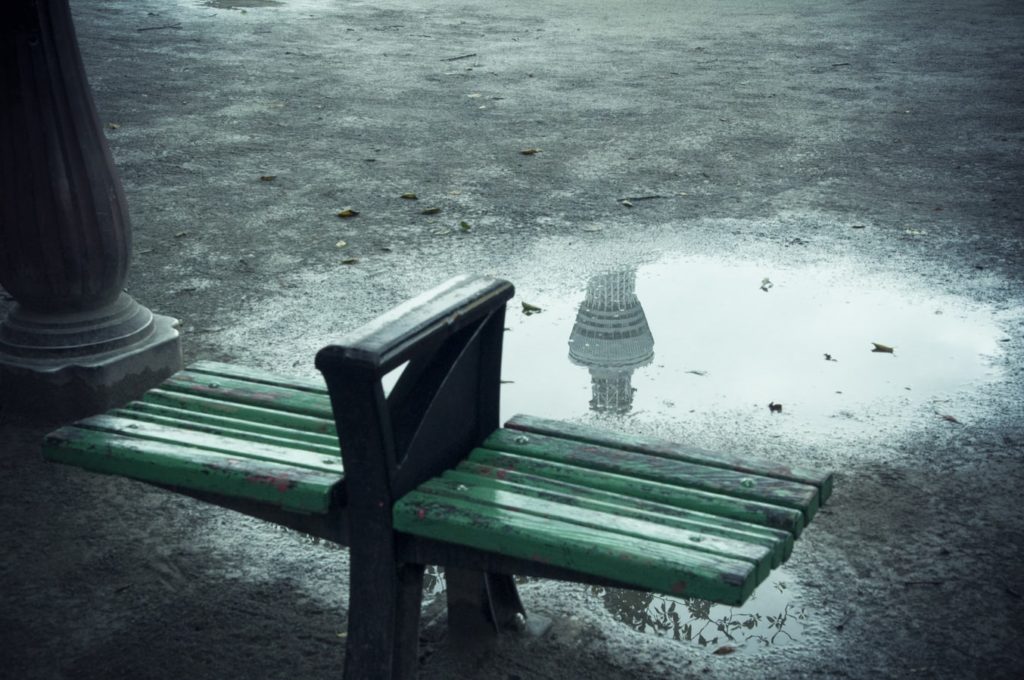
Here's An Extra Tip For You
You don’t need to shoot the rain from inside the rain. You can sit near a window at your favorite cafe, or even the still window of a cab, and capture the outdoor rain world while you’re safe and dry inside your comfy bubble.
Recently I was looking at a Steve McCurry TED Talk in which he was talking about a photograph he took in India. He shot a lot of pictures in heavy rain situations, like “Gateway to India”, which he shot for his essay “Monsoon”.
McCurry captured the shot from inside a taxi, shooting through a window. The picture is amazing: he truly captured the whole story of the Indian Monsoon in one shot.
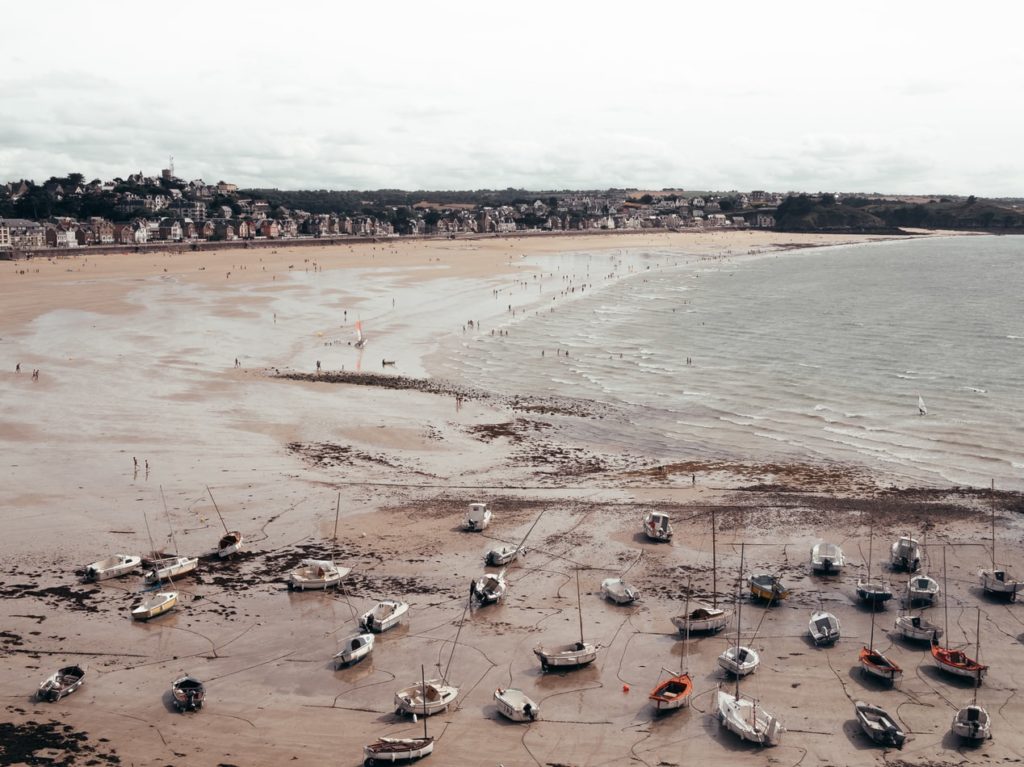




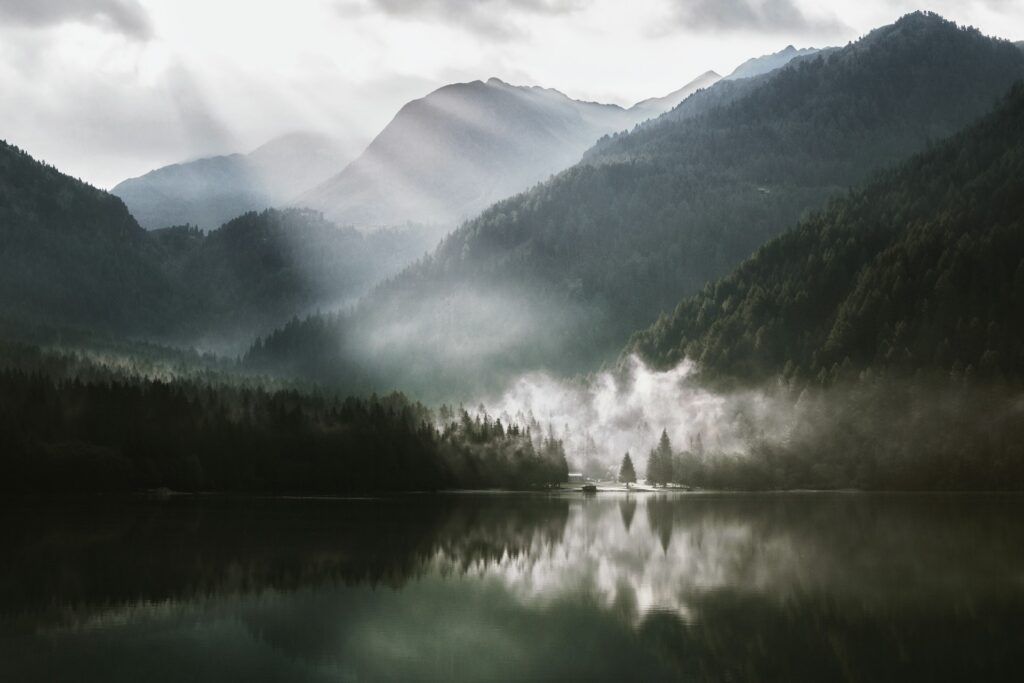


3 Comments
I enjoyed reading the rainy photography
I am a 80 year old with very shaky hands. Have you any tips for my problems with my photography. I only have a basic camera.
It’s a Samsung Galaxy EK-GC200 21x
Great tips and thanks for the advice!
Hello Federico! A really useful article. I have taken some notes for my personal photography!
I also just thought I’d note: you mentioned the Iguazu Falls, which I am a big fan of! I recently just released an Iguazu Falls Travel Guide. This might be a useful resource for any of your readers who are interested in learning more than is available (for free) on Lonely Planet!
Cheers!